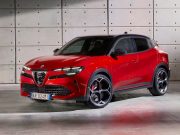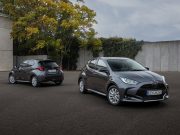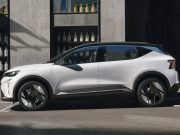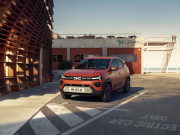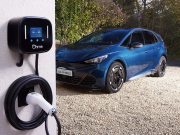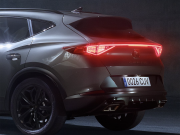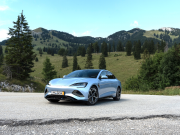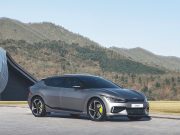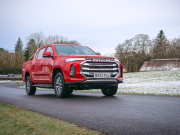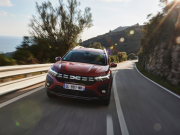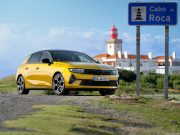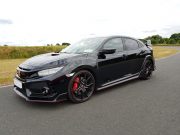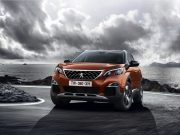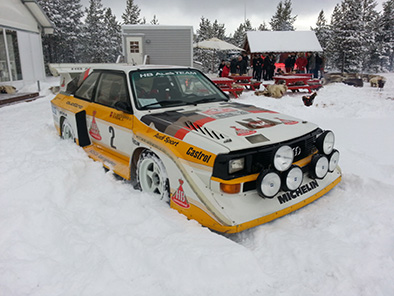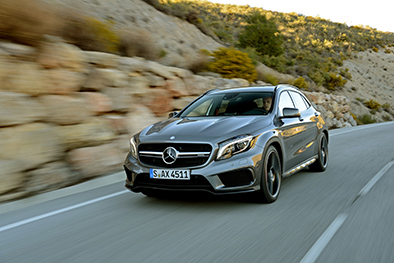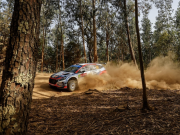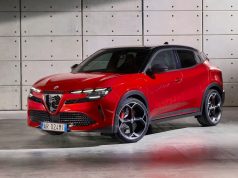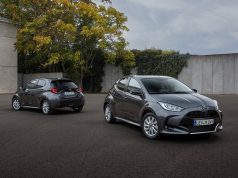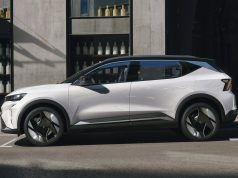Nowadays, every customer has their own unique needs and desires when it comes to buying the right vehicle for the job. Volkswagen is definitely showing their efforts to satisfy every customers needs with the broad range that is available in variants of the Transporter commercial vehicle. The big thing here is that the Transporter is not just a van. Sure, the only model that carries the Transporter badge is the actual commercial van however the platform is shared throughout with the 9 seat Shuttle, the executive 7 seat Caravelle and last but by no means least, the 4 seat, and 4 birth California camper van. Over the past number of months I have had the opportunity to put all of the above through their paces to find out exactly what purpose each one serves and if they really do tick all the right boxes.

First up, the Volkswagen Transporter commercial van. This is the 6th generation Transporter or T6 as it is also known and to look at it from the outside you could be forgiven for mistaking it for the outgoing model. Subtle changes have been made to the front grille and front and rear lighting in order to bring it in line with various models within the Volkswagen range. The new model Transporter also benefits from changes in terms of a reshaped bonnet and slight changes to the side panels. I suppose the reasoning behind the minor tweaks is; if it isn’t broke, don’t fix it. The Transporter has been hugely successful for Volkswagen over the years and there’s no reason why the T6 should be any different. My test model had the benefit of being fitted with 4motion which results in excellent grip regardless of the surface. This would be the ideal workhorse for travelling in and out of muddy building sites and yet it remains comfortable on the road.
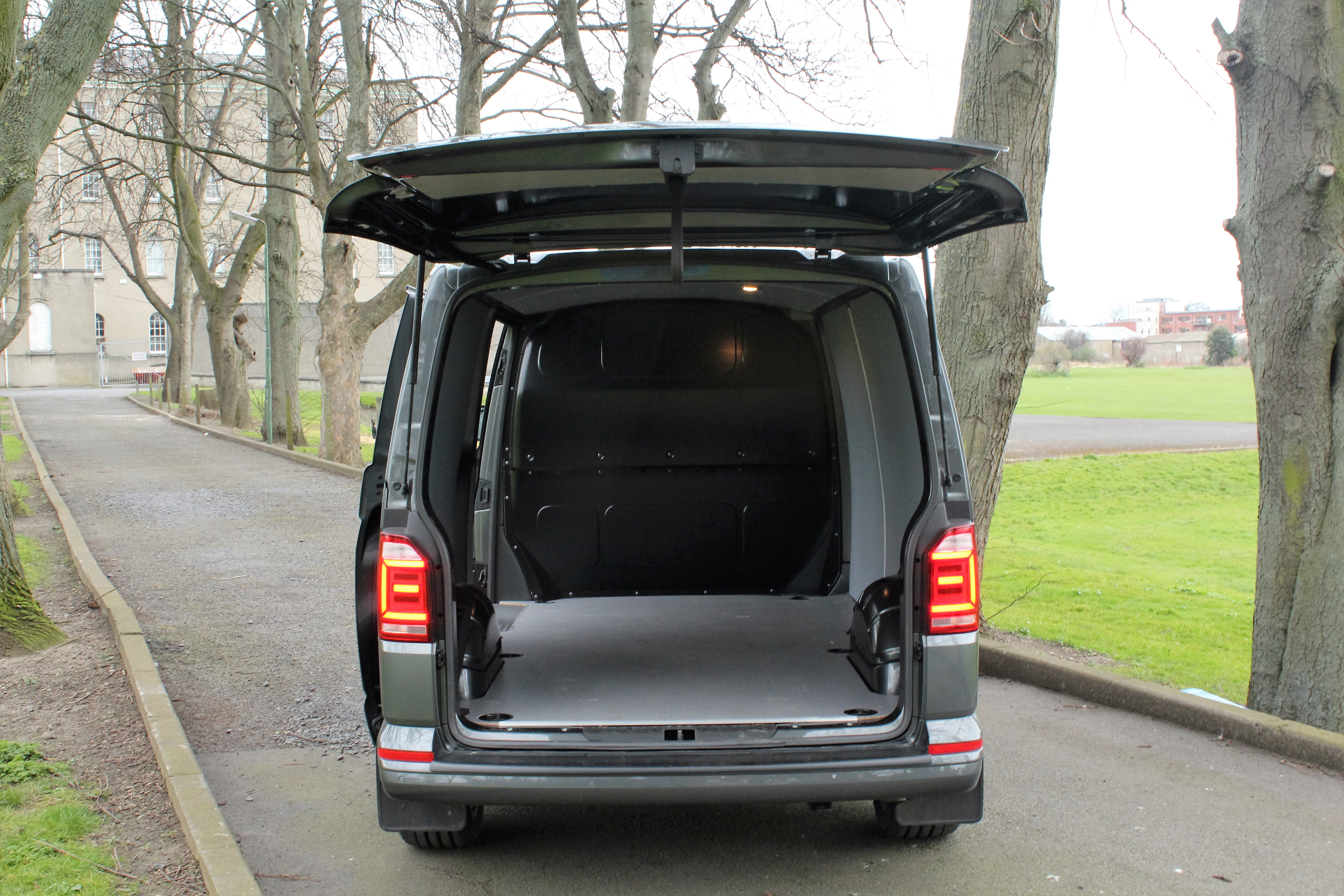
Sitting in to the new Transporter, whilst commanding a raised driving position you have an abundance of comfort which is rarely found in commercial vans, this is helped no doubt by the Highline trim in my test model. Competition is stiff within this segment but with the level of finish within the Transporter range you would have to acknowledge that it is perfectly capable of holding its own. As with all models within the entire Volkswagen range, the infotainment system is very simple to operate and access all of the necessary controls and information.
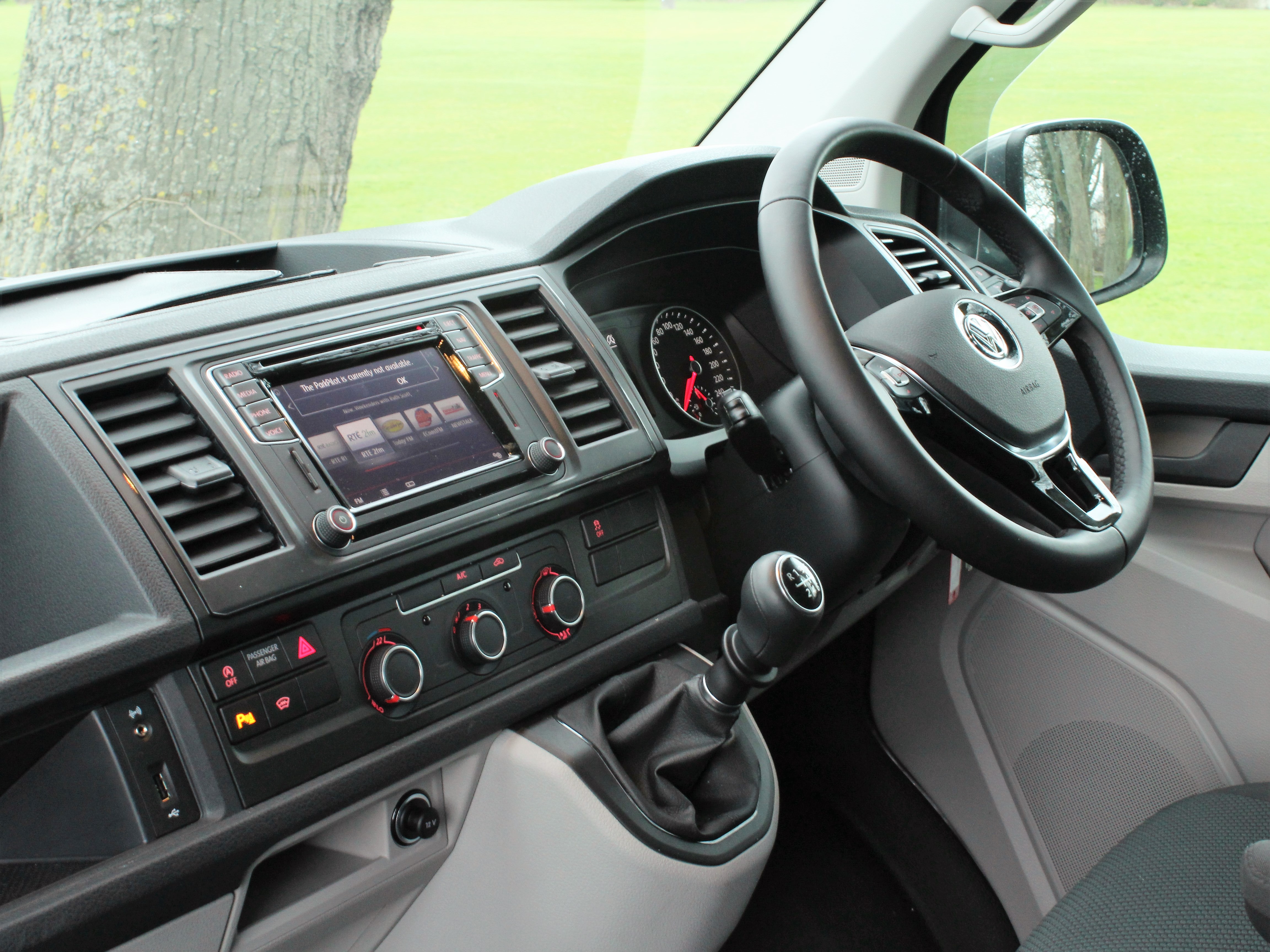
Among the Highline spec add-ons are Bluetooth connectivity, discovery navigation system, multifunction display “plus”, drivers armrests, solid bulkhead, light and vision pack and cruise control to name but a few. My test model also benefited from the addition of a rear reversing camera as well as a solid tailgate.
So how does the Transporter function as a commercial van? Within the cabin you get an array of storage compartments varying in size to suit most people’s requirements. In the rear there are 6 tie down points along with two lights. Wheel arch intrusion is minimal so this optimises the space and maximises capacity. The Transporter is available in panel van guise with two wheelbase options and three roof heights with load capacity varying from 5.8m3 to 9.3m3 whilst there is also the option of the kombi which offers increased seating but you lose out on load space as a result.

On the road, the Transporter performs very well. My test model was powered by a 2.0 BiTDI engine with 180 bhp power output. This paired with the 4Motion all wheel drive resulted in constant assurance that the issue of grip was never questioned. Often when unloaded, commercial vans can skip or hop as you approach the apex of a corner but with the Transporter this was never an issue. The drive is comfortable and refinement is quite good also.
The price tag on my test model was €43,981 including VAT and VRT whilst the Transporter range starts from €25,255.

Next up, the Volkswagen Shuttle. This 9 seat bus for want of a better word offers ample seating for almost every ever expanding family along with a very respectable boot load capacity. My test model which is in the long wheel base guise, all of 400mm longer than the short wheel base, offers nine seats including the driver which pushes your B licence to its limits along with a number of ISOFIX points in the rear seating. Whilst headroom is never a problem given the Transporter body shape, legroom is also never compromised throughout the three rows of seating. Up front, the driver can be accompanied by up to two passengers whilst each rear row comprises of three seats in each. Access to the rear row of seating is achieved by simply lowering the seating in the second row nearest to each sliding side door. The addition of the sliding doors makes the Shuttle more manageable when trying to locate parking spaces as you don’t have to spend your day finding wide parking spots!

Like the Transporter van, the dash layout is simple and user friendly and common throughout the range. There is still an abundance of storage spacing in the front area of the Shuttle. The most impressive point however is the ability to maximise the boot space which stands at over 6.7 cubic metres. One thing that you will find drivers of similar vehicles complain about is that whilst you can fit all your passengers comfortably with all the seating there is never anywhere for all the luggage or buggies as the case may be. This is not a problem with the Shuttle, especially in the long wheelbase guise.
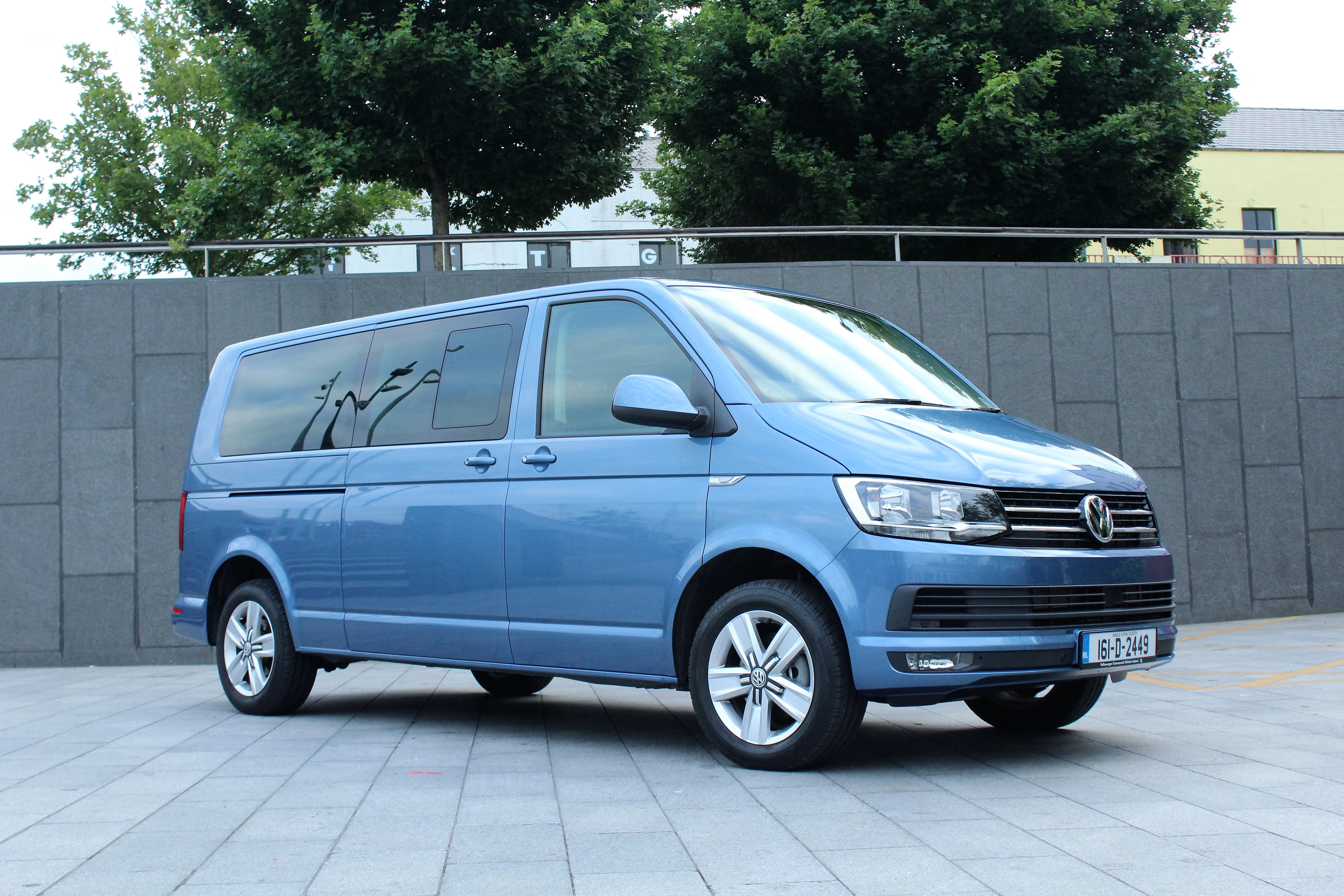 The drive of the Shuttle is obviously somewhat similar to that of the Transporter. Visibility is increased greatly with the inclusion of glass all round accompanied by the raised driving position. Given its overall size, I found the Shuttle quiet easy to manoeuvre even in some of the smaller side streets and car parks. My test model was powered by the 2.0 TDi engine with a maximum power output of 150 bhp paired with a 6 speed manual transmission. Engine noise was at times intrusive especially on longer motorway spins however if you have 8 passengers on board, engine noise may well be a welcome distraction!
The drive of the Shuttle is obviously somewhat similar to that of the Transporter. Visibility is increased greatly with the inclusion of glass all round accompanied by the raised driving position. Given its overall size, I found the Shuttle quiet easy to manoeuvre even in some of the smaller side streets and car parks. My test model was powered by the 2.0 TDi engine with a maximum power output of 150 bhp paired with a 6 speed manual transmission. Engine noise was at times intrusive especially on longer motorway spins however if you have 8 passengers on board, engine noise may well be a welcome distraction!
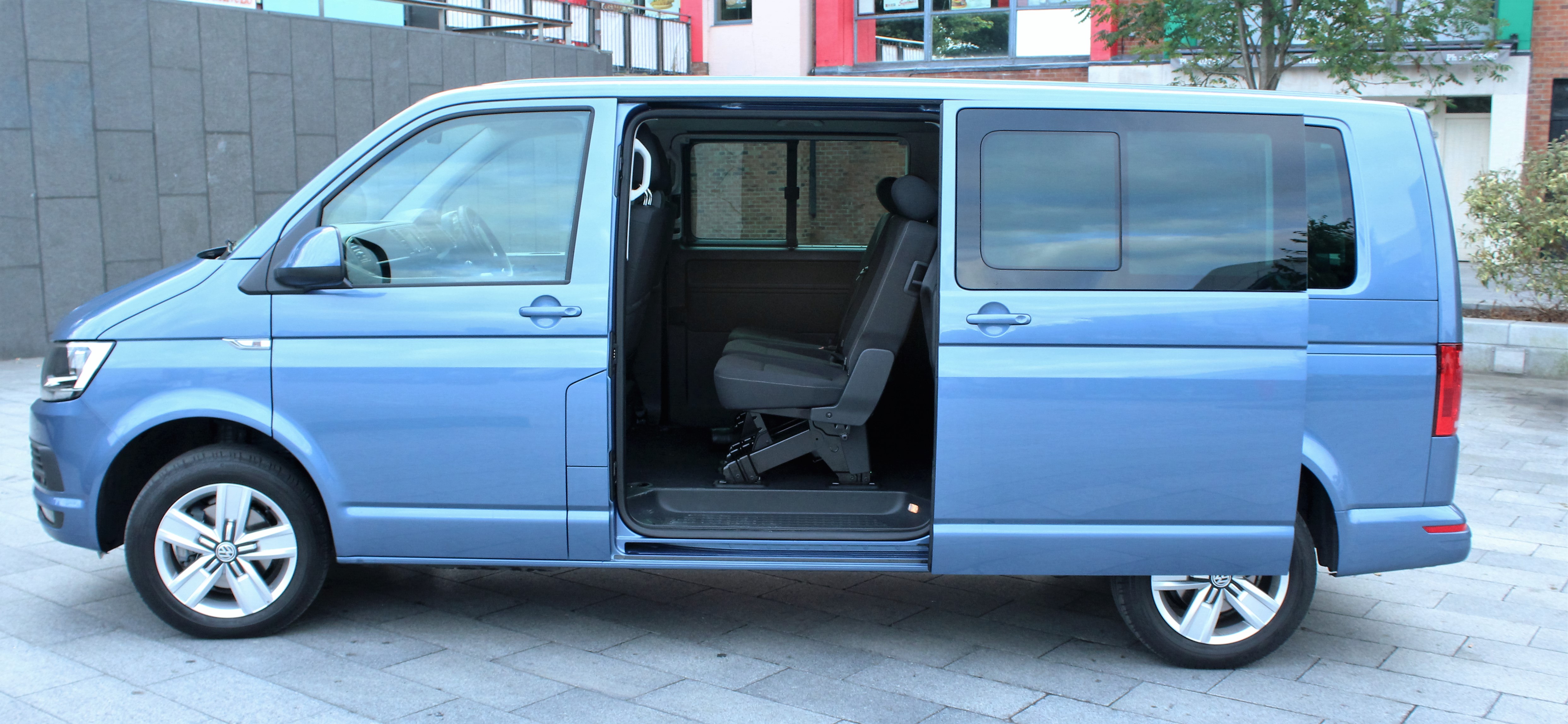
Pricing on my test model including optional extras comes in a €63,035 including VAT and VRT whilst the Shuttle range starts from €42,600.
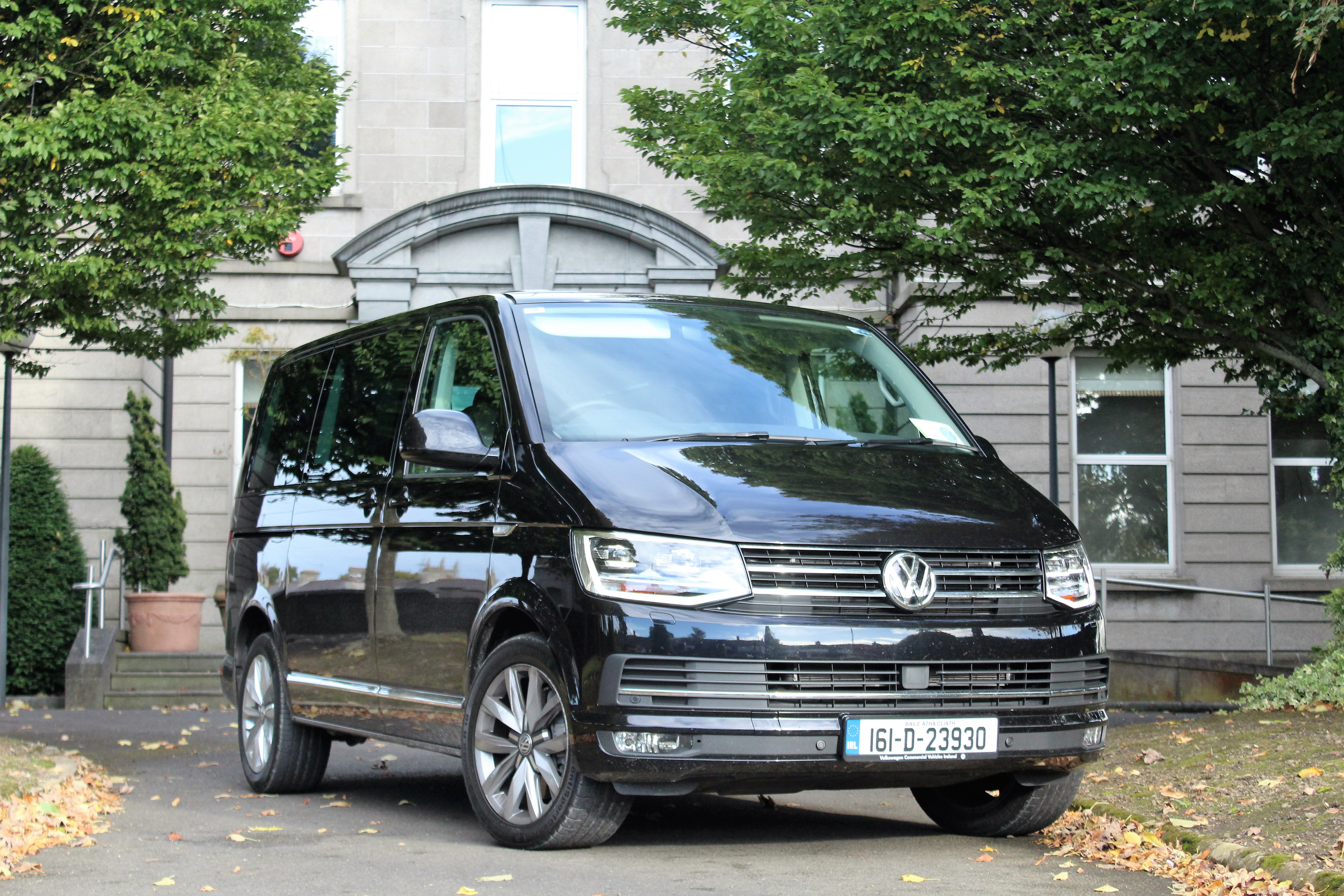
For decades, Volkswagen have produced the Caravelle alongside the Transporter van and ensured to offer a level of finish throughout which is top class. One of the biggest drawbacks for the Caravelle however is the pricing. This exclusive segment within the market has been identified and honed in on by the competition for years and now the competition is closing in with cheaper alternatives. One thing that will continue to go in favour of the Caravelle however is the attention to detail and high finish on the materials used throughout.
Unlike the Shuttle or the Transporter for that matter, the Caravelle’s interior is finished to an executive standard. Alcantara upholstery finishes the seats throughout while the front two seats are heated also. In the rear you are greeted by 2 captain’s chairs which swivel 360 degrees and slide and are removable if necessary along with three seats to the rear which can slide forward and back to your liking. A foldable table is also located between the seats to act almost like an office desk should it be required or alternatively for sipping on champagne as you are driven along! The sliding rear row of seats results in increased boot space when the third row is pulled forward fully. A clever and impressive standard feature on the Caravelle is the inclusion of electric sliding doors in the rear passenger compartment which adds to the up market feel.
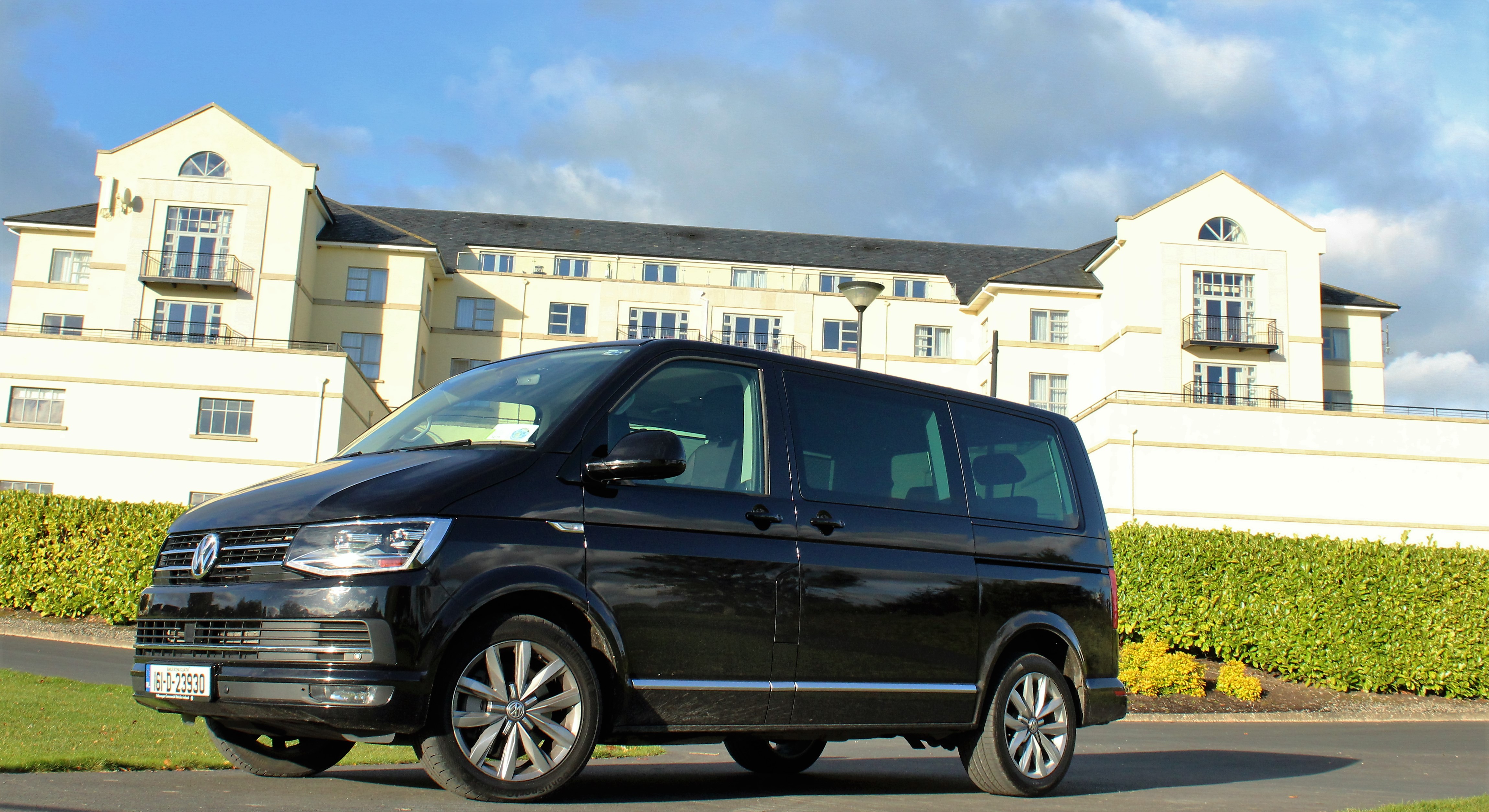 Up front, you will notice that the quality materials are continuously used throughout with an abundance of piano black and chrome trim. There is an endless amount of storage space throughout the cabin area also as is the case with all the other variants. Another nice touch which you will notice in the Caravelle is the fact that the rear seat passengers and the front seat passengers can speak at normal volumes with the inclusion of voice amplification. Slightly strange when you hear it for the first time and you were unaware that it was a feature but clever all the same.
Up front, you will notice that the quality materials are continuously used throughout with an abundance of piano black and chrome trim. There is an endless amount of storage space throughout the cabin area also as is the case with all the other variants. Another nice touch which you will notice in the Caravelle is the fact that the rear seat passengers and the front seat passengers can speak at normal volumes with the inclusion of voice amplification. Slightly strange when you hear it for the first time and you were unaware that it was a feature but clever all the same.
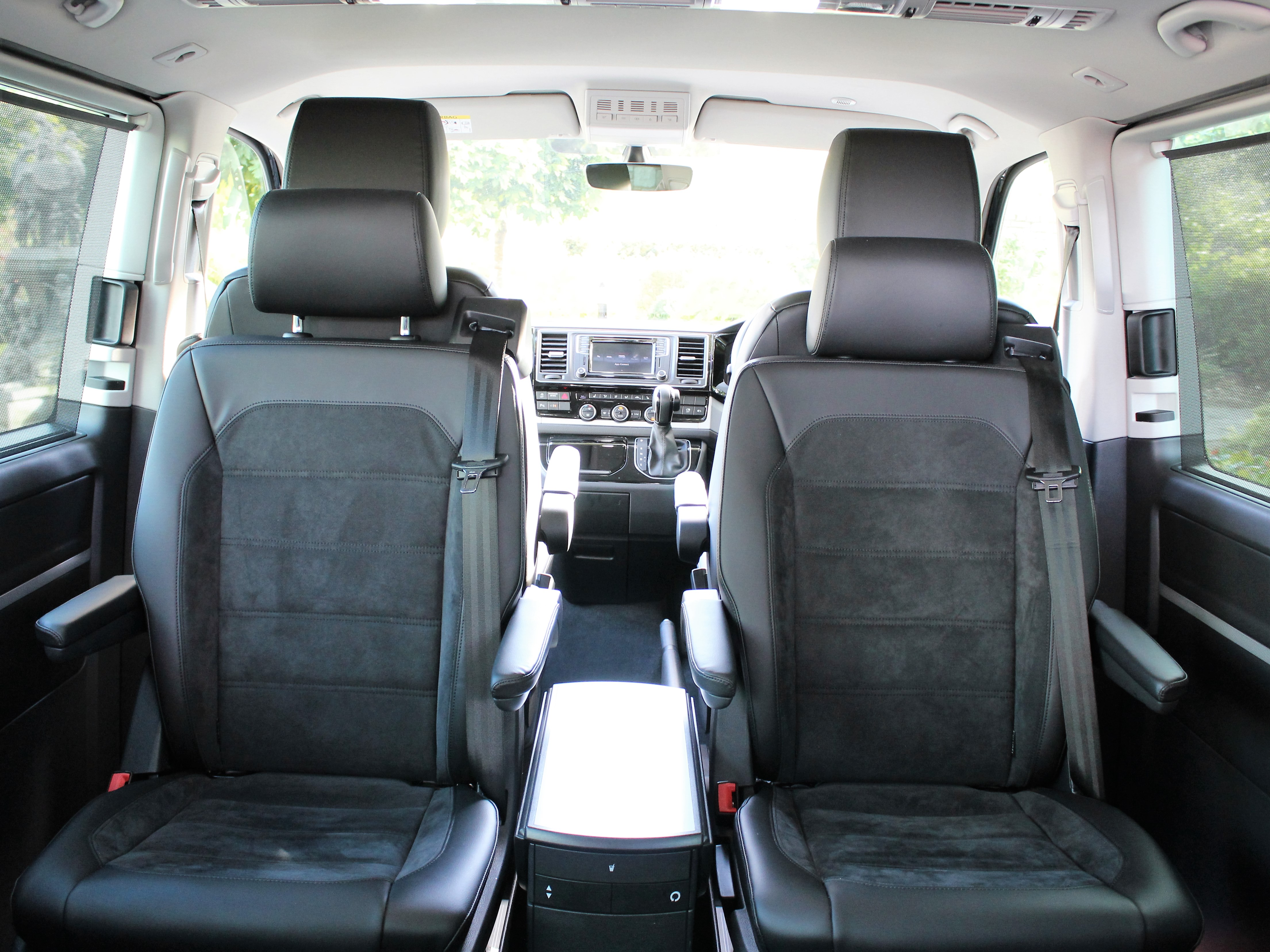
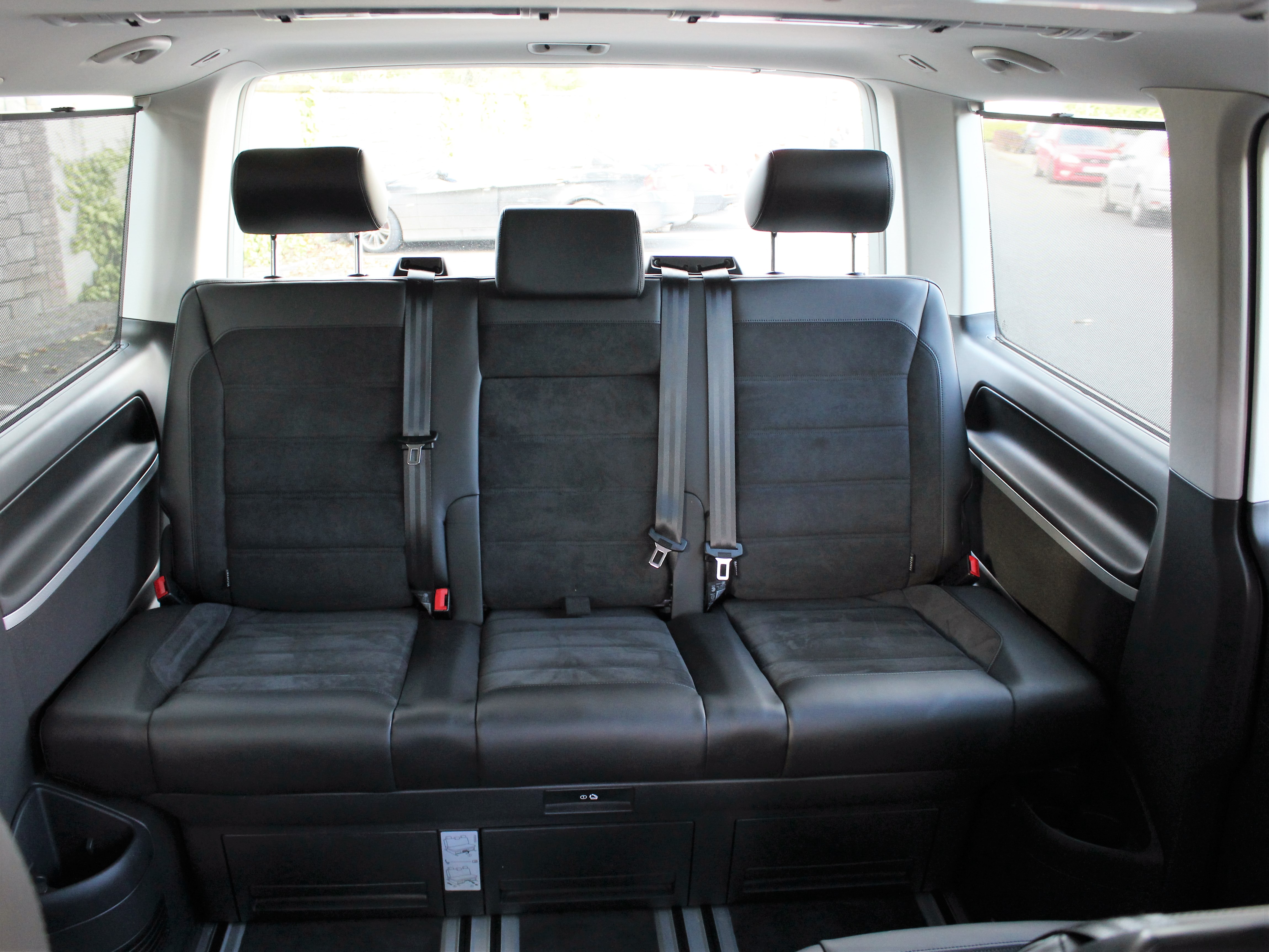 At the risk of repeating myself, visibility is as outlined above for the Shuttle given the inclusion of glass throughout as opposed to a panel van. My test model which came with a range of optional extras was also equipped with adaptive chassis control with dynamic suspension which alters the suspension between sport and comfort. Given the overall size and weight of the Caravelle it behaves very well on the road and comfort is never compromised by even the roughest of road surfaces.
At the risk of repeating myself, visibility is as outlined above for the Shuttle given the inclusion of glass throughout as opposed to a panel van. My test model which came with a range of optional extras was also equipped with adaptive chassis control with dynamic suspension which alters the suspension between sport and comfort. Given the overall size and weight of the Caravelle it behaves very well on the road and comfort is never compromised by even the roughest of road surfaces.
Pricing on the Caravelle starts from €51,340 with my test model including all optional extras setting you back €84,849.
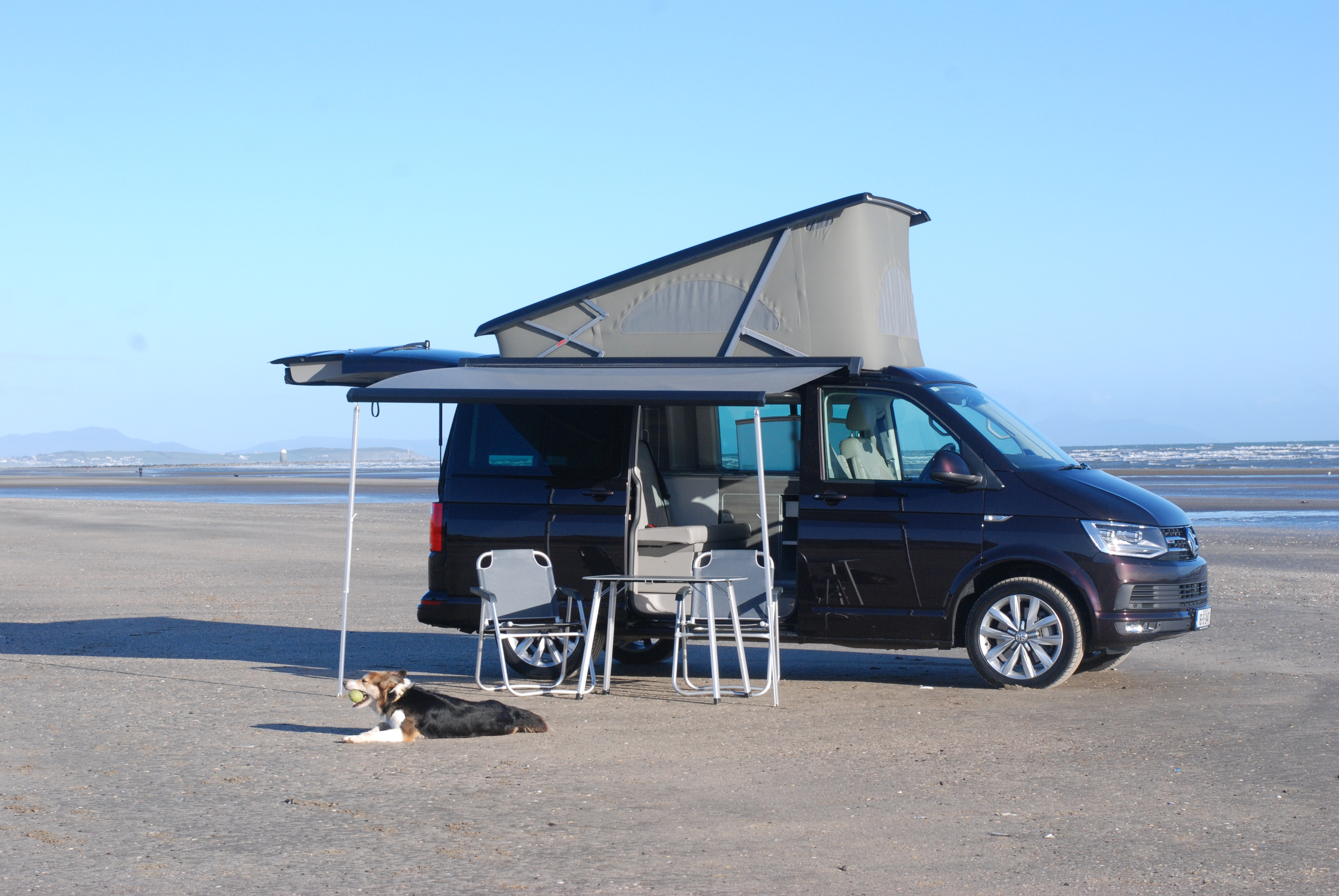 The last model in the T6 line-up is the ever-versatile Volkswagen California. My test model for this review was powered by a 2.0 litre TDi engine complimented by 4Motion, Volkswagens four-wheel drive system. The diesel power plant has an output of 204bhp.
The last model in the T6 line-up is the ever-versatile Volkswagen California. My test model for this review was powered by a 2.0 litre TDi engine complimented by 4Motion, Volkswagens four-wheel drive system. The diesel power plant has an output of 204bhp.
The California is finished to a similar high quality as the Caravelle. Up front you will find two swivel seats both with their own individual armrests while the rear bench seat will seat two also. That’s just as well because the California will only sleep four persons. Fold down your rear bench seat and hey presto, you have one of your double beds. Activate the aluminium electronic pop up roof from the switch controls located on the front headlining and you will find another double bed discreetly tucked away. This test model was also fitted with the optional extra of the black awning which provides cover if you decide to sit out on the supplied deck chairs and table. Kitchen sink, cooker hob, fridge and storage space are all located in the rear alongside the rear bed / seats.
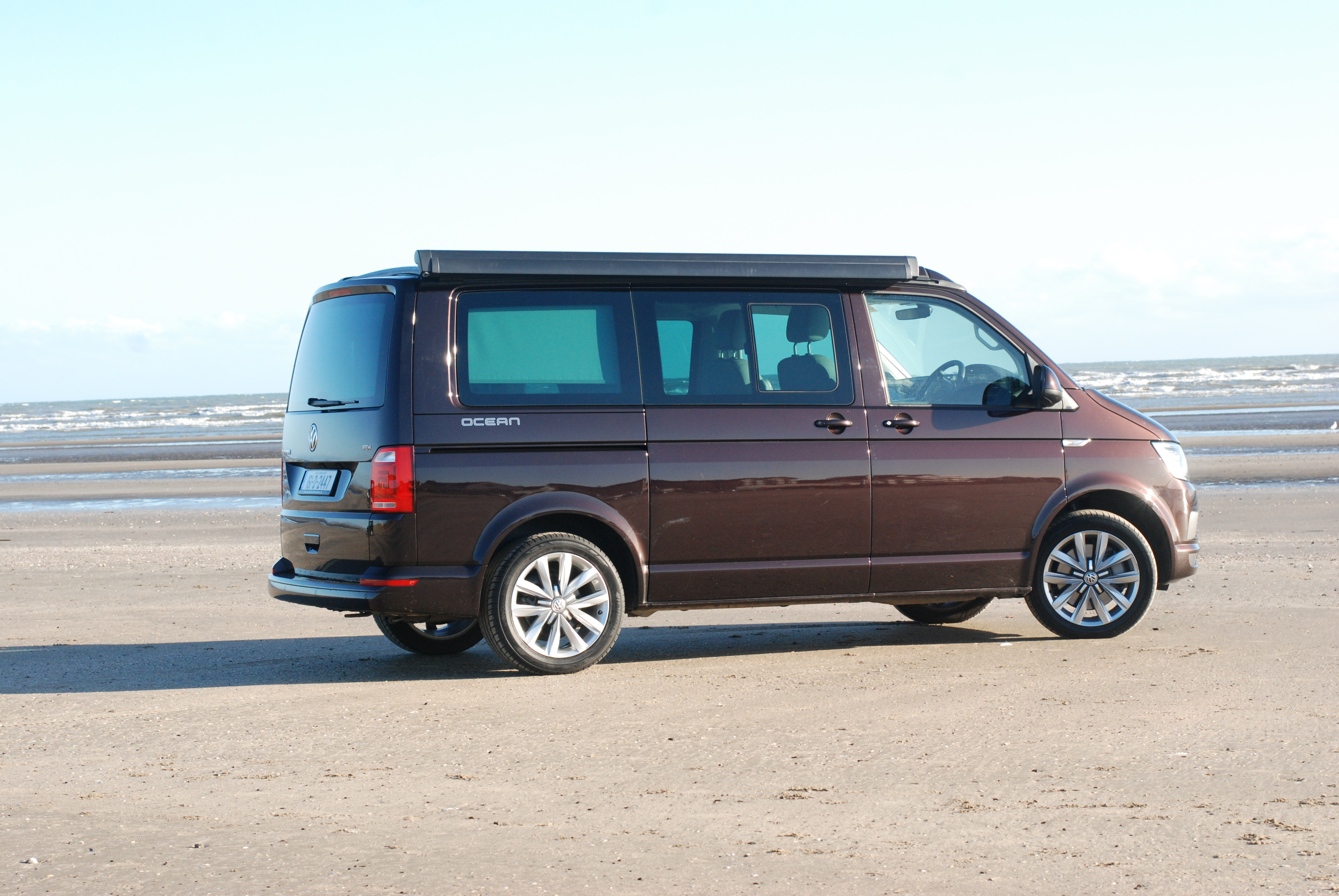 There is also an auxiliary heating unit which provides heating when the engine isn’t running for those colder than normal nights which is quite often here in Ireland! The California is the type of campervan which will turns head in any campsite that you pull into. Every enthusiast wants one, or at least wants to have a look and see what exactly it is you get for your money. In short, you get enough space to carry you along with three passengers and their luggage along with somewhere rather comfortable to sleep to.
There is also an auxiliary heating unit which provides heating when the engine isn’t running for those colder than normal nights which is quite often here in Ireland! The California is the type of campervan which will turns head in any campsite that you pull into. Every enthusiast wants one, or at least wants to have a look and see what exactly it is you get for your money. In short, you get enough space to carry you along with three passengers and their luggage along with somewhere rather comfortable to sleep to.
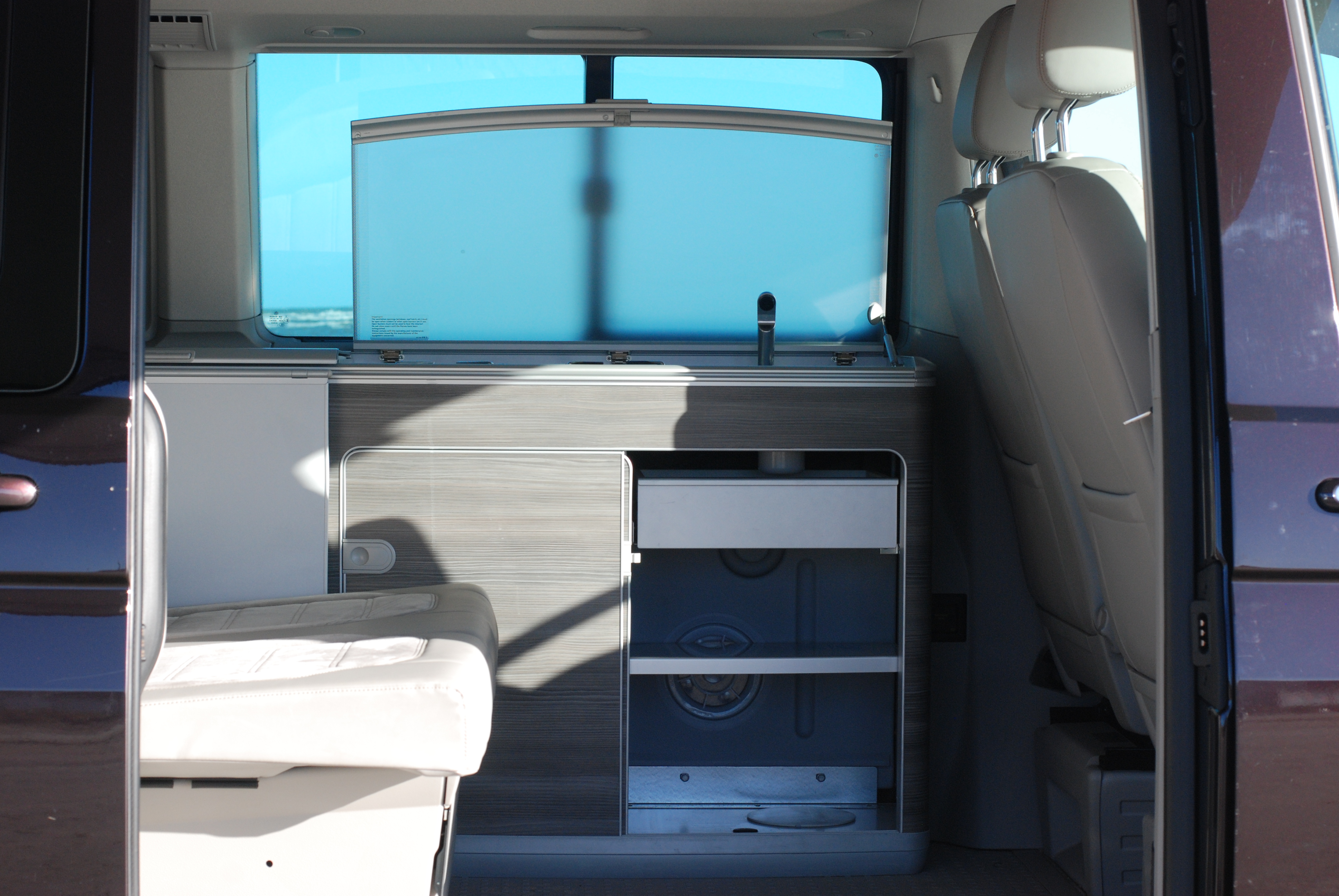 The addition of the 4motion four-wheel drive system means that even in the wettest campsites that the country should offer you are always assured of the ability of the California to make its way out. The 204 bhp 2.0 litre diesel engine is more than capable when put to the test.
The addition of the 4motion four-wheel drive system means that even in the wettest campsites that the country should offer you are always assured of the ability of the California to make its way out. The 204 bhp 2.0 litre diesel engine is more than capable when put to the test.
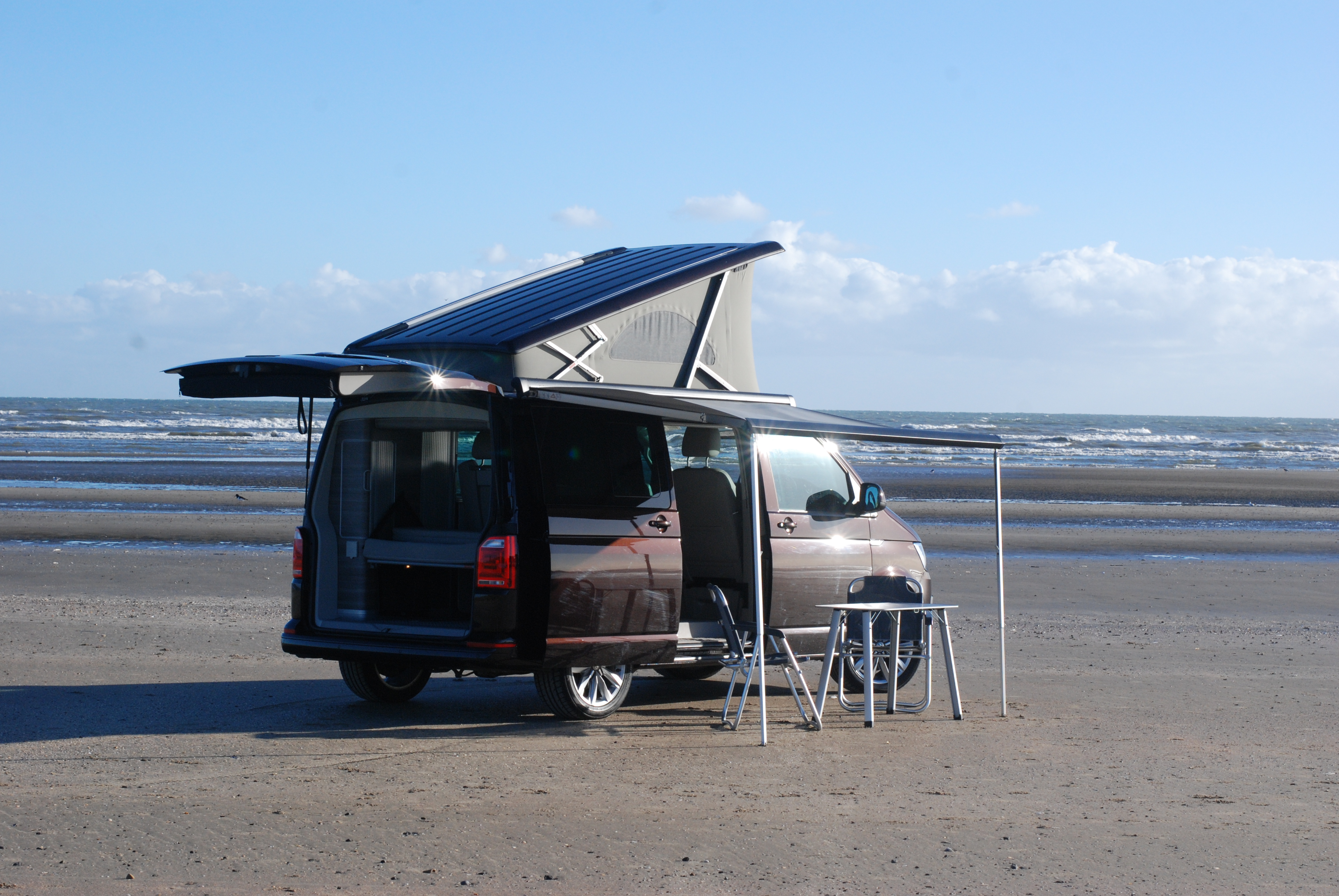
Pricing on the California starts from €49,550 whilst the test model including a host of optional extras will set you back €77,889.
What Volkswagen have achieved with the number of variants from the T6 model is that they now offer something for everybody. From the Transporter panel van for the builder or painter or any tradesman for that matter to the Shuttle which would easily suit a very big family or taxi drivers alike to the Caravelle which offers the executive travel option and finally the California which mixes your driving comfort with a roomy campervan there really is plenty to choose from.



